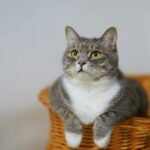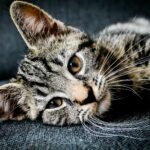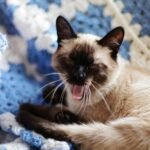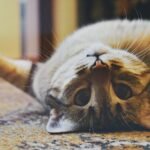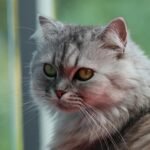Cats come in a dazzling variety of coat types, but some breeds stand out with fur textures that are anything but ordinary. From soft waves to plush curls and even complete hairlessness, these unique felines owe their striking appearances to rare genetic mutations. Breeds like the Cornish Rex, Selkirk Rex, and Sphynx have captivated cat lovers with their distinctive coats, each requiring specialized care and offering a one-of-a-kind tactile experience. Exploring these unusual textures provides insight into feline genetics and highlights the incredible diversity within the cat world.
Cornish Rex: The Velvet Coat
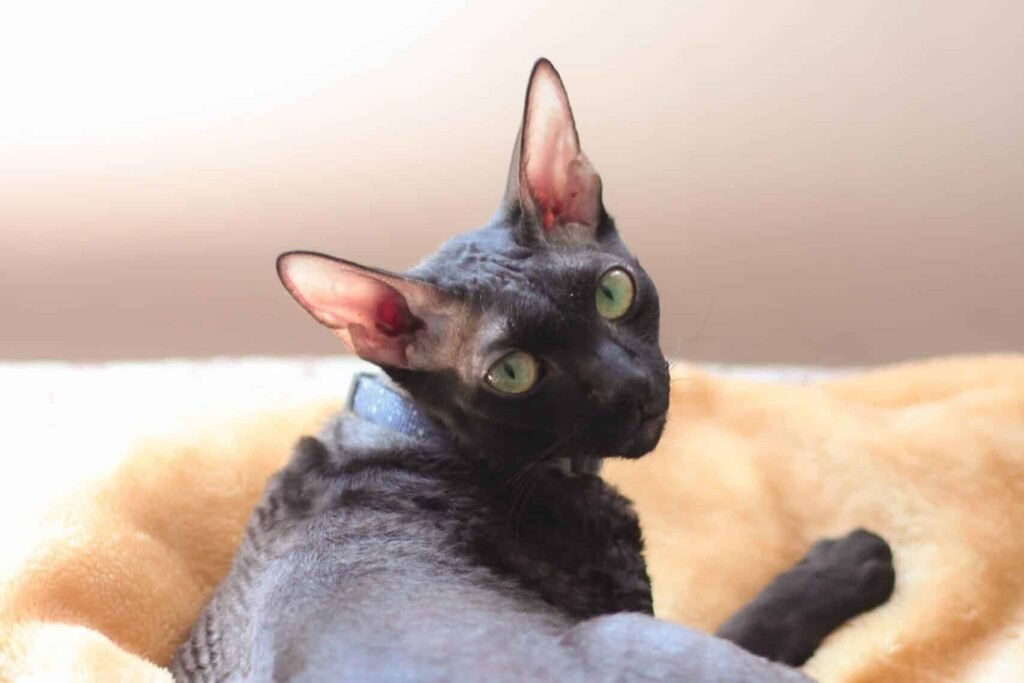
The Cornish Rex is renowned for its unique fur texture, often compared to velvet. Unlike typical feline fur, the Cornish Rex’s coat lacks the outer guard hairs and has only the down fur, giving it a soft, wavy appearance. This singular texture is due to a natural genetic mutation that was first discovered in Cornwall, England, in the 1950s. The breed’s delicate coat requires minimal grooming, making it an easy-care option for cat lovers.
Devon Rex: The Pixie-Like Pelt
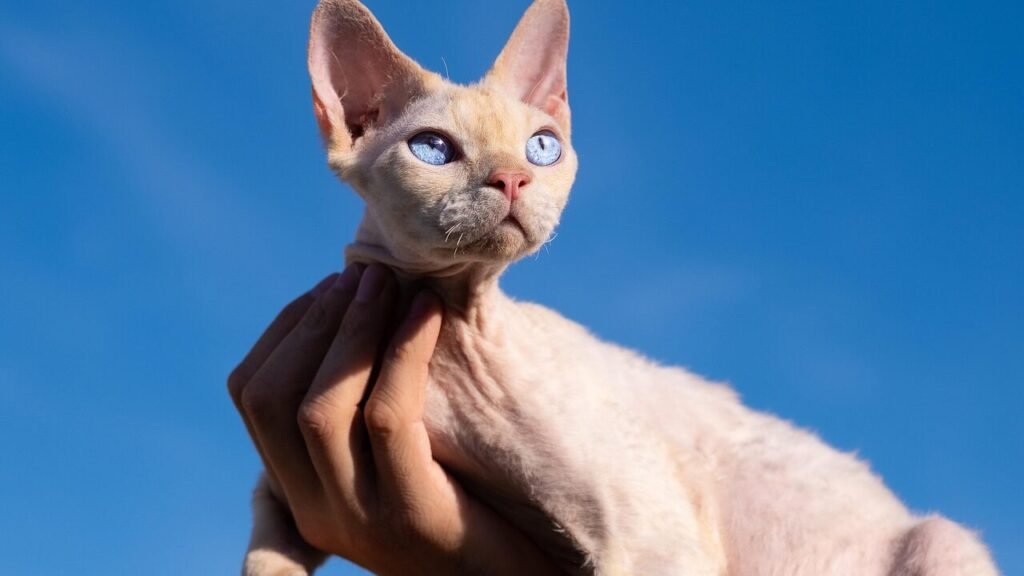
Similar to its Cornish cousin, the Devon Rex also boasts a distinctive coat. Its fur is short, wavy, and very soft to the touch, often likened to suede. The Devon Rex’s whimsical appearance, complete with large ears and mischievous eyes, complements its unusual pelt. Originating in Devon, England, this breed is another result of a genetic mutation, which causes its distinctive curly fur. Regular grooming helps maintain the coat’s health, though it often requires less maintenance than cats with longer fur.
LaPerm: Curls Galore
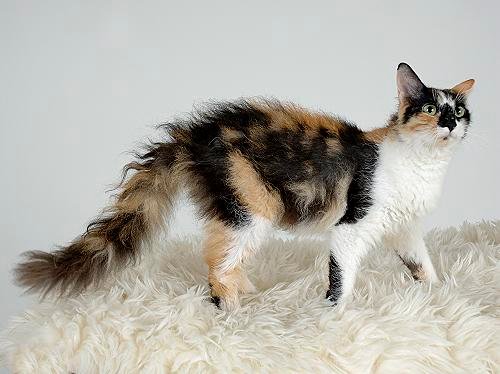
LaPerm cats stand out with their curly coats, which can range from tight ringlets to loose waves. This breed’s name comes from the perm-like appearance of its fur. The LaPerm is an affectionate breed, with a history traced back to the United States in the 1980s. With a coat that varies greatly from one cat to another, grooming needs can differ, but occasional brushing helps keep their curly locks tidy and tangle-free.
Selkirk Rex: The Sheep’s Wool Look
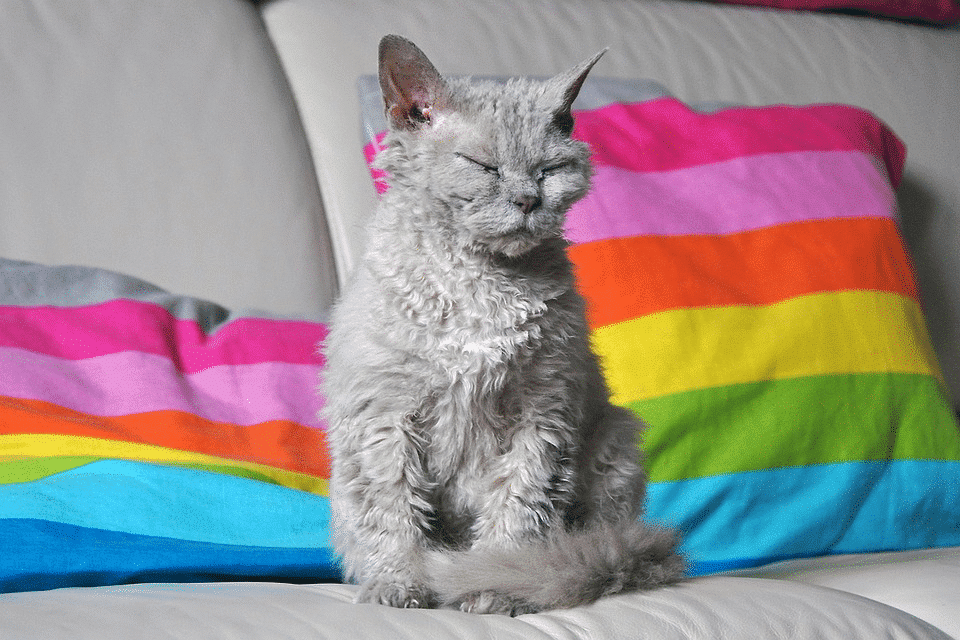
The Selkirk Rex’s fur is unique for its dense, plush curls, giving it the appearance of a little sheep. This breed sports a “heavy-boned” body, further enhancing its cuddly look. Unlike other Rex breeds, the Selkirk Rex has all three hair types—guard, awn, and down—which contribute to its voluminous curls. Regular brushing is essential to prevent matting and to maintain the coat’s fluffy texture.
Sphynx: The Hairless Wonder
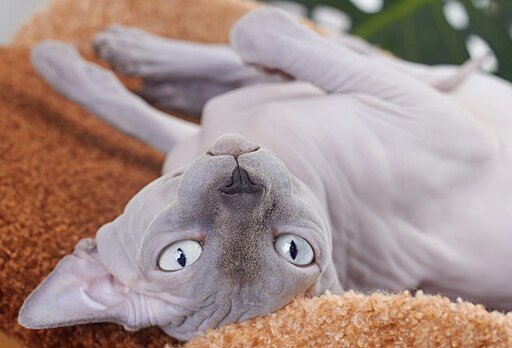
Although technically not a breed with a “fur” texture, the Sphynx’s skin is unique enough to warrant mention. This hairless breed often has a peach-fuzz feel due to the presence of very fine, thin down, making it exceptionally soft and warm to the touch. Originating from Canada, the Sphynx needs regular skincare since it produces skin oils without fur to absorb them. Bathing and ear cleaning are crucial to keep these expressive cats healthy and comfortable.
Peterbald: The Bald Beauty from Russia
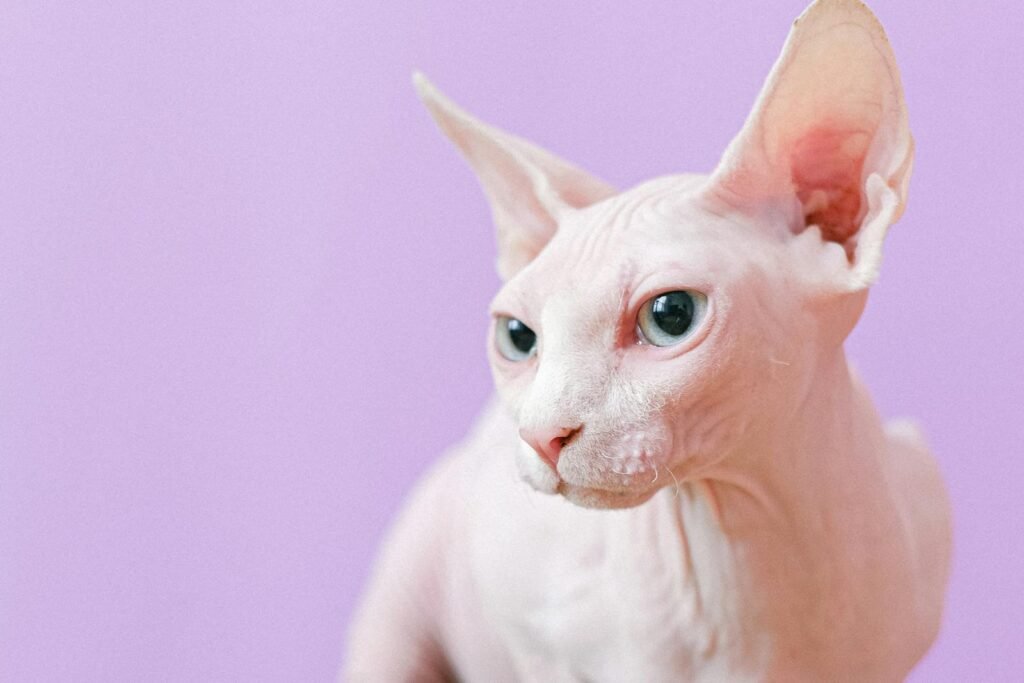
The Peterbald is another largely hairless breed, originally from Russia, found in a range of coat textures, including hairless, velour, brush, and straight coats. Hairless Peterbalds have a similar texture to the Sphynx, while those with a brush coat might display curled or straight, short fur. Their grooming needs are contingent on coat type, with hairless Peterbalds requiring skincare maintenance similar to the Sphynx.
Exploring Genetics: Why Fur Textures Vary
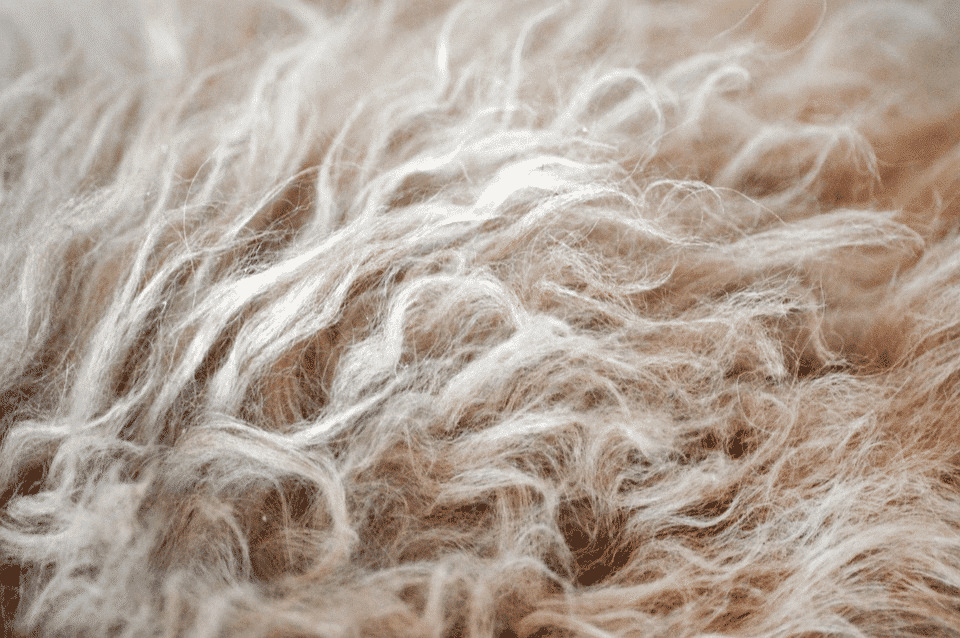
The diversity in fur textures among these cat breeds is largely due to genetic mutations that affect hair structure—ranging from complete hair loss to alterations in hair follicles that lead to curls or waves. Understanding these genetic differences not only satisfies curiosity but also aids breeders and pet owners in providing appropriate care tailored to each breed’s unique needs.
Caring for Cats with Unusual Fur
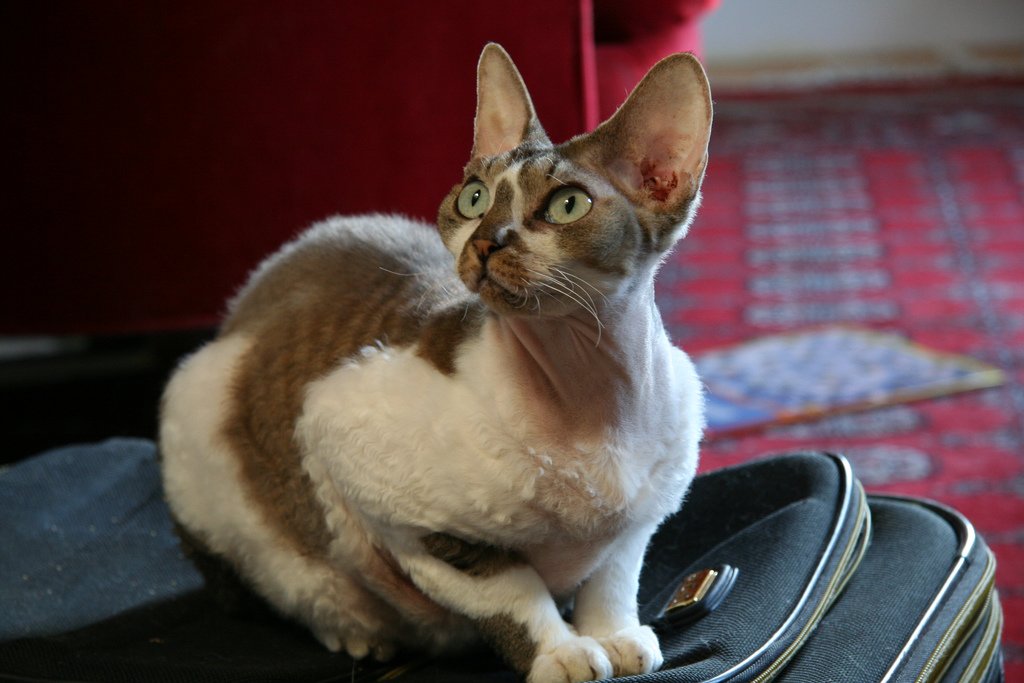
Caring for cats with these intriguing fur textures often involves specific grooming routines to ensure their health and comfort. Cats with extremely dense or curly coats, like the LaPerm or Selkirk Rex, may need regular brushing to prevent tangles, while hairless breeds, such as the Sphynx, require periodic bathing to manage skin oils. Being attentive to their grooming needs ensures that each breed’s distinct beauty is maintained.
Living with Uniquely Textured Cats
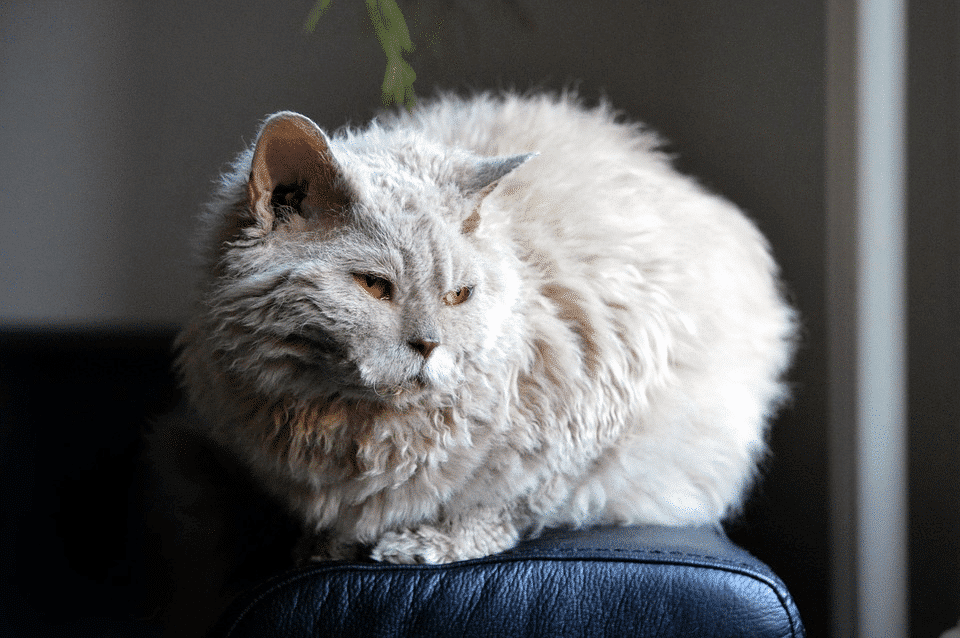
Owning a cat with an unusual fur texture presents unique challenges and joys. These breeds often require more focused care in terms of grooming and environmental considerations. Hairless cats, for instance, might need extra warmth, while those with thick curls need regular brushing. Owners often form close bonds with these distinct felines, attracted by their singular appearances and captivating personalities.
The Allure of Uncommon Beauty
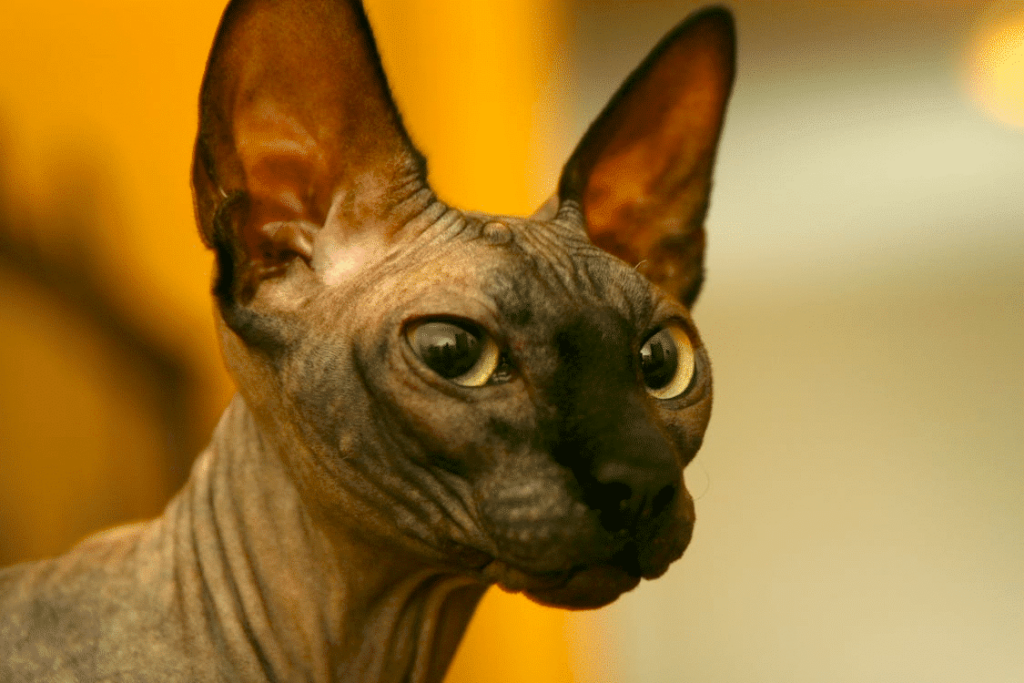
The fascination with cats possessing unusual fur textures stems from their captivating appearances and the remarkable genetic variations they represent. For enthusiasts and casual cat lovers alike, these breeds offer an opportunity to appreciate the diversity of nature’s design, from the velvet touch of a Cornish Rex to the naked elegance of a Sphynx. Their peculiar coats serve not only as a point of aesthetic interest but also as a reminder of the myriad ways in which life expresses itself across the animal kingdom.

Linnea is a born and bred Swede but spends as much time as possible in Cape Town, South Africa. This is mainly due to Cape Town’s extraordinary scenery, wildlife, and atmosphere (in other words, because Cape Town is heaven on earth.) That being said, Sweden’s majestic forests forever hold a special place in her heart. Linnea spends as much time as she can close to the ocean collecting sea shells or in the park admiring puppies.


